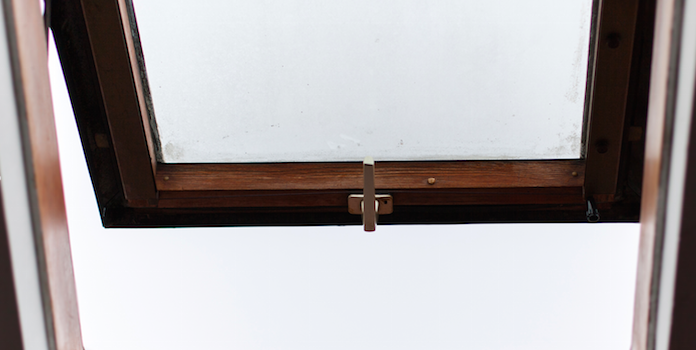
What are rooflights?
Rooflights are effectively windows in the roof of your property, which allow natural light into the building. In this blog we are going to look at some of the benefits of rooflights and why and where they might be installed.
Where can you install rooflights?
You will generally see rooflights in large commercial properties like warehouses and offices. Where you have a high ceiling and a ceiling without a loft space, a rooflight is an option.
Rooflights reduce your lighting bill and cut CO2 emissions
One of the key benefits of rooflights is that they help cut your lighting bill. In a busy warehouse or office, you are going to need a good high quality light throughout the day. In a larger building, you are may be a fair way from an exterior wall with a window and this is unlikely to provide all the light that you need, even during the middle of the day.
Rooflights can help bring quality daylight to central spaces within a building, taking advantage of those large spaces to help distribute light across the floor of warehouses or open plan offices. Remember that this light is free and won’t cost you any money unlike an electric lamp.
Rooflights give quality daylight
A growing concern that has received a lot of press coverage: many members of the country’s workforce don’t get enough daylight when they are working in the office. Many older buildings were built without sufficient glazing in an effort to improve efficiency and cut costs, or were poorly designed so that offices were in parts of the building far away from external walls.
Daylight is really important as it helps regulate the body clock, is important for mental wellbeing and can have physical health benefits as well. There are various studies which show the benefits of a well-lit office with plenty of natural light.
U-values of rooflights
Rooflights have the same regulations as windows that govern their performance and installation. Rooflights and windows need to meet the same U-values in terms of performance as a standard door or window. For England and Wales that means 2.2W/m2K for new build non-domestic buildings and 1.8W/m2K for existing non-domestic buildings. These figures are even lower for dwellings.
One thing to bear in mind is that your roof itself will have a much better U-value than your rooflight, with performance down below 0.16W/m2K as a typical value for a roof. This means that the more rooflights you have, the lower the performance of your roof relative to a standard roof.
 How many rooflights?
How many rooflights?
 How many rooflights?
How many rooflights?Does this mean that there is going to be a trade-off between performance of the roof as a whole and the amount of natural light you can get into the room? The answer is somewhat muddied by the added component of solar gain. Solar gain is the heat you get from the sun that has been amplified though glass – something I’m sure most people notice when they stand in front of a window on a sunny day. This can be particularly powerful on bright days and is the reason greenhouses often feel so warm compared to the outside, despite the lack of a heating system.
Which of these properties of rooflights is going to be the dominant force? The solar gain warming the room, or the heat loss as a result of their lower U-value? This is impossible to answer in general terms. Let’s take a couple of examples to show why there is no one size fits all answer.
Example 1 – A Warehouse
Warehouses often require little or no heating, and therefore their roofs are often poorly insulated or not insulated at all. Lighting will be a much more important part of the bill, because large enclosed spaces require a lot of light. Because of the large open space inside, rooflights offer a great way to reduce the amount of daytime artificial light required, and with few downsides in this scenario, warehouses will often have a high proportion of rooflights. It is not uncommon to see 20% of the total roof area covered with them. They are also very cheap to install because in an unheated environment they do not need to be quite as high spec as in other environments.
Example 2 – A 9 to 5 Office
In the average office that operates predominantly in daylight hours, you are going to get a lot of positive solar gain from your rooflights, and during the brighter daylight hours, this is going to far outweigh the losses from the rooflights themselves. While there will be heat loss at night, when there is no solar gain, the office won’t need to be heated at this time. So rooflights are always going to be a net benefit, if you are fortunate enough to have an office that can accommodate them. Light is also at a premium in office spaces, so any way to boost this without adding more artificial light is going to be a bonus.
Example 3 – A 24 Hour Store
Another place you tend to see rooflights is in large shops or supermarkets – perhaps even a shopping centre. In this scenario, the space is going to be used, if not 24/7, then very close to it. Light is going to be important, but as the building is in constant use, the solar gain during the day is going to be somewhat offset by the losses in heat through the rooflight during the night time.
There are plenty more examples where rooflights are going to be beneficial, so if you have a roof that will allow rooflights to be installed, you should really think about them as a positive move for your property.
Installing new windows
Need your windows replaced? We have scoured the country for the best tradespeople, so that we can make sure we only recommend those we really trust.
If you would like us to find you a local installer, just fill in the form below and we will be in touch shortly!












One Comment